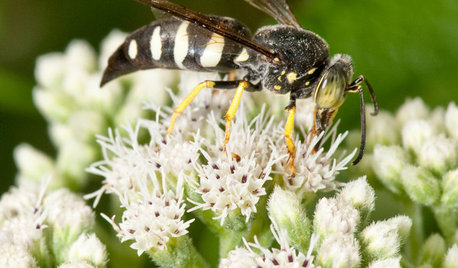Black Sand?
kruise
10 years ago
Featured Answer
Comments (24)
nil13
10 years agonil13
10 years agoRelated Professionals
Manhattan Beach Landscape Architects & Landscape Designers · Middle River Landscape Architects & Landscape Designers · Sahuarita Landscape Architects & Landscape Designers · Clermont Landscape Contractors · Frisco Landscape Contractors · Medford Landscape Contractors · Oak Harbor Landscape Contractors · Setauket-East Setauket Landscape Contractors · West Haverstraw Landscape Contractors · Bellevue Decks, Patios & Outdoor Enclosures · Centennial Decks, Patios & Outdoor Enclosures · Frisco Decks, Patios & Outdoor Enclosures · Myrtle Beach Decks, Patios & Outdoor Enclosures · Rosemont Decks, Patios & Outdoor Enclosures · Somerville Decks, Patios & Outdoor EnclosuresTXEB
10 years agotoxcrusadr
10 years agoTXEB
10 years agonil13
10 years agoTXEB
10 years agonil13
10 years agoTXEB
10 years agonil13
10 years agonil13
10 years agoTXEB
10 years agokruise
10 years agoTXEB
10 years agoKimmsr
10 years agoTXEB
10 years agoKimmsr
10 years agotoxcrusadr
10 years agoTXEB
10 years agoKimmsr
10 years agotoxcrusadr
10 years agoTXEB
10 years agotoxcrusadr
10 years ago
Related Stories

GARDENING GUIDESSand Wasps Keep True Bugs in Check and Help Pollinate Summer Flowers
Look for these solitary wasps nesting in sandy sites and foraging on flowers in July and August
Full Story
COLOR10 Pair-Ups for Black in the Kitchen
Combine black with other colors to add drama, polish and modernity. It also can make a kitchen look more spacious
Full Story
FLOORSDrama’s Afoot With Striking Black Floors
Be bold. Be brave. Drench your floors in black for a memorable interior scene
Full Story
COLORWake Up Your Woodwork With Black
Strike a dramatic note with black window frames, shelves, stairs and more, making features stand out or blend in
Full Story
COLOR11 Reasons to Paint Your Ceiling Black
Mask flaws, trick the eye, create drama ... a black ceiling solves a host of design dilemmas while looking smashing
Full Story
COLORBathed in Color: When to Use Black in the Bath
Dare to bring black in for a dramatic and elegant bath that's different from all the rest
Full Story
FRONT DOOR COLORSFront and Center Color: When to Paint Your Door Black
Love the idea of a black front door? Here are 8 exterior palettes to make it work
Full Story
GARDENING AND LANDSCAPING10 Reasons to Use Black in Your Outside Space
It’s become a favorite shade to use inside, but now black is migrating out to gardens, patios and balconies — with dramatic results
Full Story
COLORHow to Add Just the Right Amount of Dramatic Black
Done right, black can add punch and personality to just about any room. Here’s how to go over to the dark side in style
Full Story
DECORATING GUIDESGo Bold with Black and Yellow
Buzzz: Black and Yellow Aren't Just for the Bees
Full Story





toxcrusadr